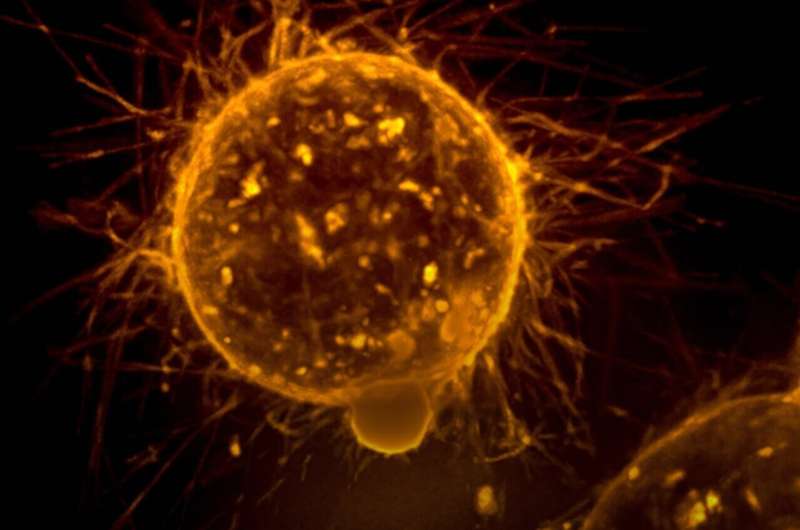Innovative Strategies in Pediatric Brain Cancer Treatment: Focused Therapies and Advanced Delivery Techniques

Virginia Tech researchers are developing precise targeted therapies and advanced delivery techniques to improve treatment outcomes for pediatric brain cancer, especially glioblastoma. Using focused ultrasound to enhance drug delivery and targeting specific proteins like KAT6A may revolutionize future therapies.
Researchers at Virginia Tech are pioneering new approaches to treat pediatric brain cancer with greater precision. Their work involves developing targeted therapies that specifically attack cancer cells while minimizing damage to healthy brain tissue. Pediatric glioblastoma, though rare, is highly aggressive and often results in rapid disease progression, limited treatment options, and poor survival outcomes. Current therapies can also cause significant long-term neurological and developmental side effects, making the need for more effective and less harmful treatments urgent.
In a recent presentation at the Children’s Cancer Foundation Research Symposium, cancer biologist Kathleen Mulvaney highlighted their innovative approach. Her team is investigating a protein called KAT6A, which is involved in cancer-promoting pathways in tumor cells. While some experimental drugs target both KAT6A and a related protein, KAT6B, there are no existing options that focus solely on KAT6A. The research aims to evaluate whether compounds that selectively inhibit KAT6A could offer a more effective treatment avenue for pediatric glioblastoma.
To improve drug delivery to brain tumors, the team is exploring the use of low-intensity focused ultrasound—a noninvasive technique that can temporarily open the blood-brain barrier, a protective layer that often impedes drug delivery. This approach involves using ultrasound to enhance the penetration of an experimental drug called Pf9363, which specifically targets KAT6A, directly to tumor sites.
This one-year study seeks to provide initial evidence on the effectiveness of this method, potentially benefiting nearly half of children with glioblastoma who have tumors with specific genetic characteristics. Success in this effort could pave the way for more comprehensive clinical trials that combine multiple therapies, ultimately leading to more effective and less toxic treatment options for pediatric brain cancer patients.
Stay Updated with Mia's Feed
Get the latest health & wellness insights delivered straight to your inbox.
Related Articles
Shorter Radiation Treatment Shows Improved Patient Experience but Similar Disease Control in Intermediate-Risk Prostate Cancer
A large phase III trial reveals that five-session stereotactic body radiation therapy improves quality of life for intermediate-risk prostate cancer patients, with similar disease control compared to longer courses.
Exploring Careers as a School Nurse: Beyond Basic First Aid
Discover the rewarding career path of school nursing, a vital role supporting children's health, mental well-being, and community engagement, with diverse entry routes and growing opportunities.
FDA Approves Pembrolizumab for Resectable Head and Neck Cancer with PD-L1 Expression
The FDA has approved pembrolizumab for treating resectable head and neck squamous cell carcinoma with PD-L1 expression, marking a major advancement in cancer immunotherapy based on promising clinical trial results.



